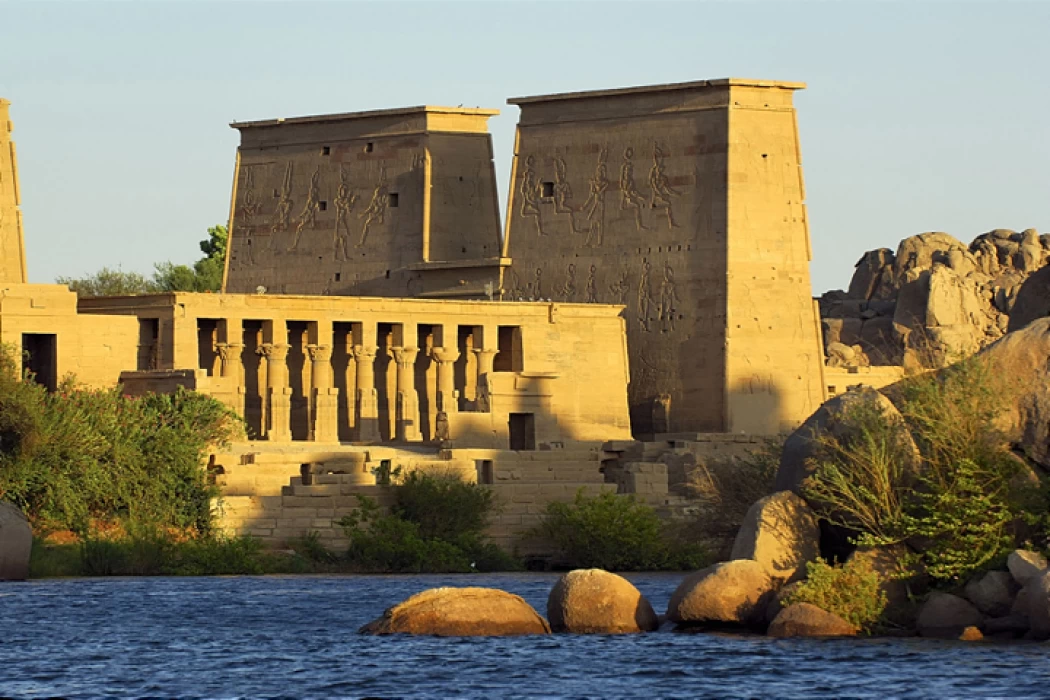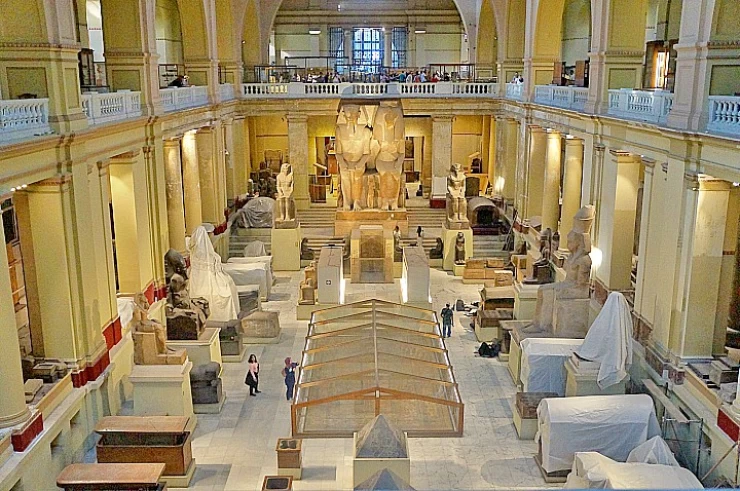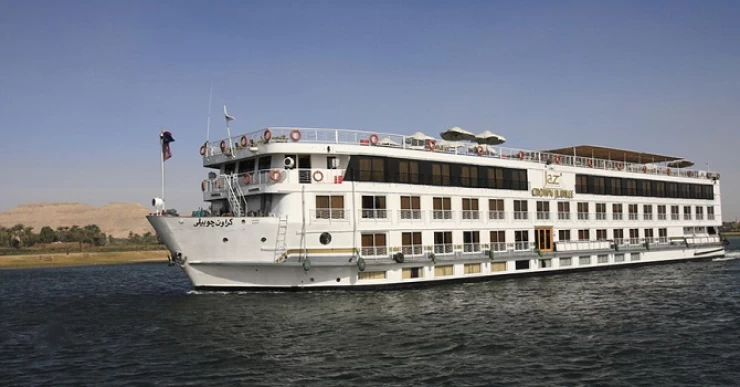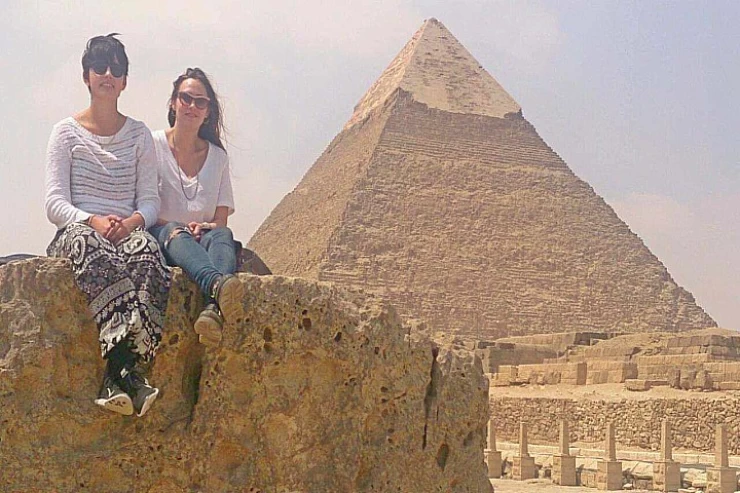
Agilika Island in Aswan | Philae Temple Island
Agilika Island in Aswan
Egypt's southern boundary was once marked by the ancient city of Aswan, located in Swenet. There is a theory that the name Swenet comes from the same-named god. Subsequently, during the Greek and Roman occupations, this god was known as Ilithia and Ilithya, respectively.
Agilika Island is the island where the famous rescue took place as the Temple of Philae has been moved from the old location at Philae Island to the new -higher in altitude- Agilika Island.
The Philae Temple. It is recommended to visit the impressive Philae Temple during your stay in Aswan. One of the best preserved Ptolemaic temples in Egypt, along with the temples of Dendera and Edfu.
The Temple of Philae was constructed starting around 280 BCE. The Temple of Isis at Philae was constructed during the Greco-Roman Period (Ptolemy II's reign) and is devoted to Isis, Osiris, and Horus. Egyptian mythology depictions of Isis resurrecting Osiris, bearing Horus, and mummifying Osiris after his death are painted on the walls of the temple.
The new and largest dam that was built in Aswan to store the water of the Nile and generate electric power, so precious for the economy of Egypt, would have badly submerged all the monuments and archaeological evidence scattered in that province. The United Nations gathered to raise funds, study, and implement difficult and complicated projects to rescue the most important sites. In addition to the
legendary Abu Simbel temples, the works would have involved the Island of Philae, with special care they moved the Ptolemaic and Roman-era temple of Philae to a small island at a higher altitude, where the Nile could not have sunk that valuable architectural heritage of more than 2000 years.
 A piece of The Greco-Roman Era monument in Egypt
A piece of The Greco-Roman Era monument in Egypt
Aswan Agilika Island
Already the first Aswan High Dam which was built at the end of the 19th century by the British, had resulted in a disadvantage during earlier periods in which the locks worked at full speed, the floods reached the temple of Isis and for several months of the year, the water invaded the island enough to be able to float with the feluccas even between the columns of the temple, as some old photographs may show.
The process was done perfectly so that even the green areas and the granite stones were moved to create the same scene as if the temple of Isis had never been moved from its original place.


















